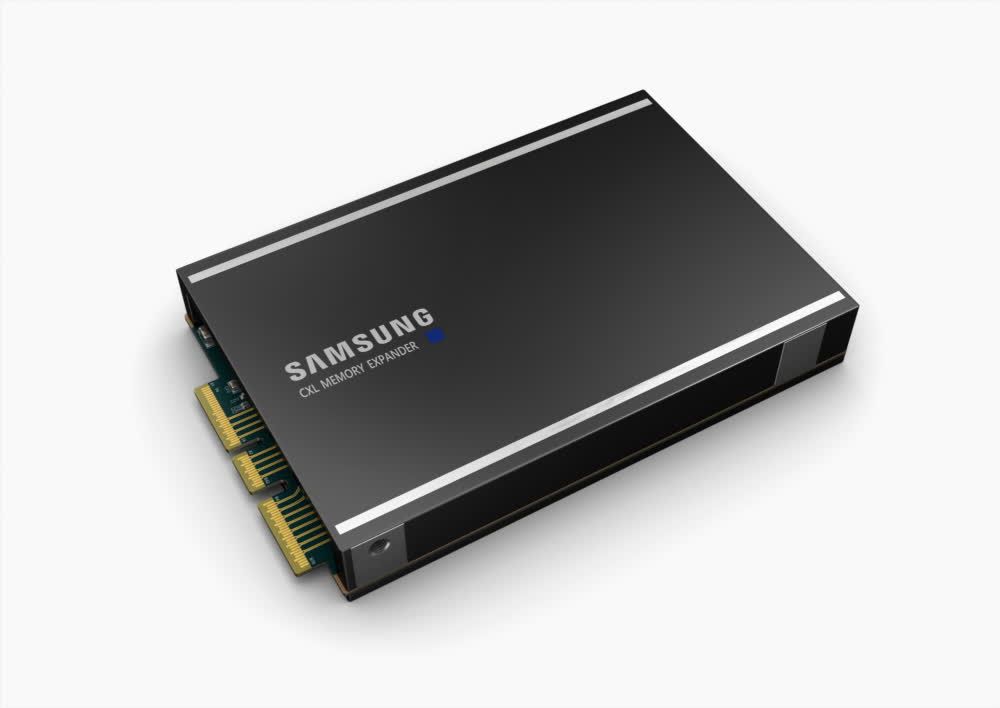In brief: Samsung has recently announced a DDR5 memory expander that uses CXL, a new open standard for CPU-to-device and CPU-to-memory interconnection that benefits from the capabilities of PCIe 5.0 interfaces. This new standard is not widely used yet, but as DDR5 memory makes its way into the market, we expect to see its popularity grow. One day, we may see it being used in client systems.

In 2019, the CLX (Compute Express Link) consortium created a new standard to tackle the performance and latency demands of data centers. Now consisting of over 130 members, the consortium consists of a wide range of companies, including Microsoft, Facebook, Google, Alibaba, Cisco, Intel, Nvidia, AMD, and many more.
Based on PCIe 5.0 technology, the CXL standard is built upon three key protocols: CXL.io (I/O), CXL.cache (caching), and CXL.memory (memory). Together, these protocols provide the means for a CPU and a CXL device to maintain and share a unified memory space, allowing them to share resources and operate in the same memory segment.
In the announcement of the new memory expander, Samsung told how CXL brings "terabyte level" scalability to memory while also offering a high-speed and low latency connection between processors and accelerators, memory buffers, and smart I/O devices.

"This is the industry's first DRAM-based memory solution that runs on the CXL interface, which will play a critical role in serving data-intensive applications including AI and machine learning in data centers as well as cloud environments," said Cheolmin Park, VP of the memory product planning team at Samsung Electronics.
Samsung's CXL memory expander also features some of the company's proprietary controller and software technologies, including memory mapping, interface converting, and error management. The addition of such technologies is what makes it possible for CPUs or GPUs to acknowledge the memory expander and use it as the main memory.
Intel has already validated the Samsung CXL memory expander for the company's next-generation server platforms. Other data center and cloud providers should follow soon.
https://www.techspot.com/news/89633-samsung-introduces-industry-first-cxl-module-featuring-ddr5.html